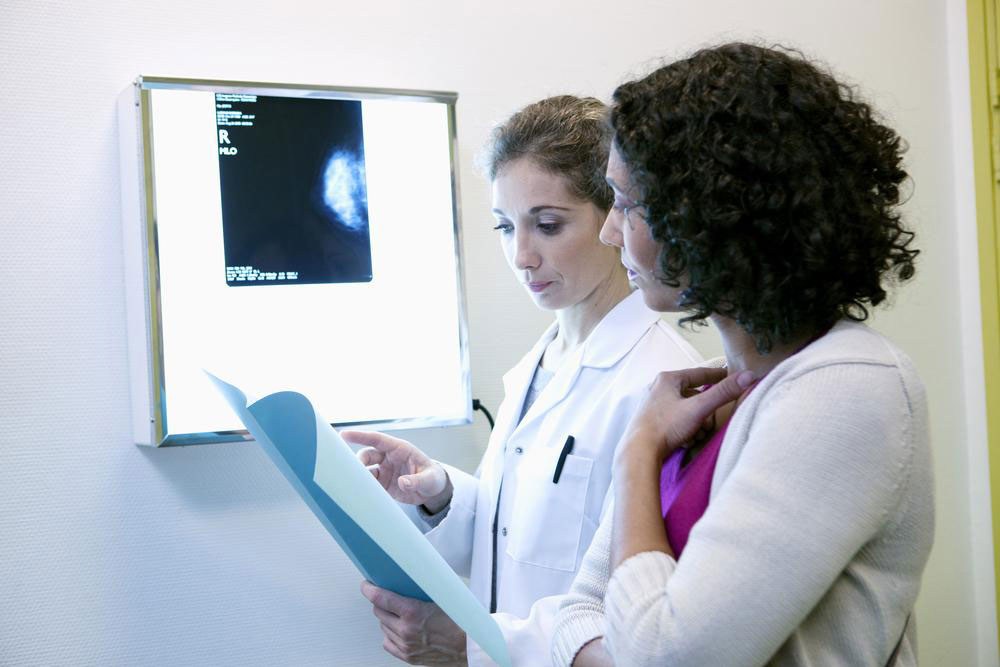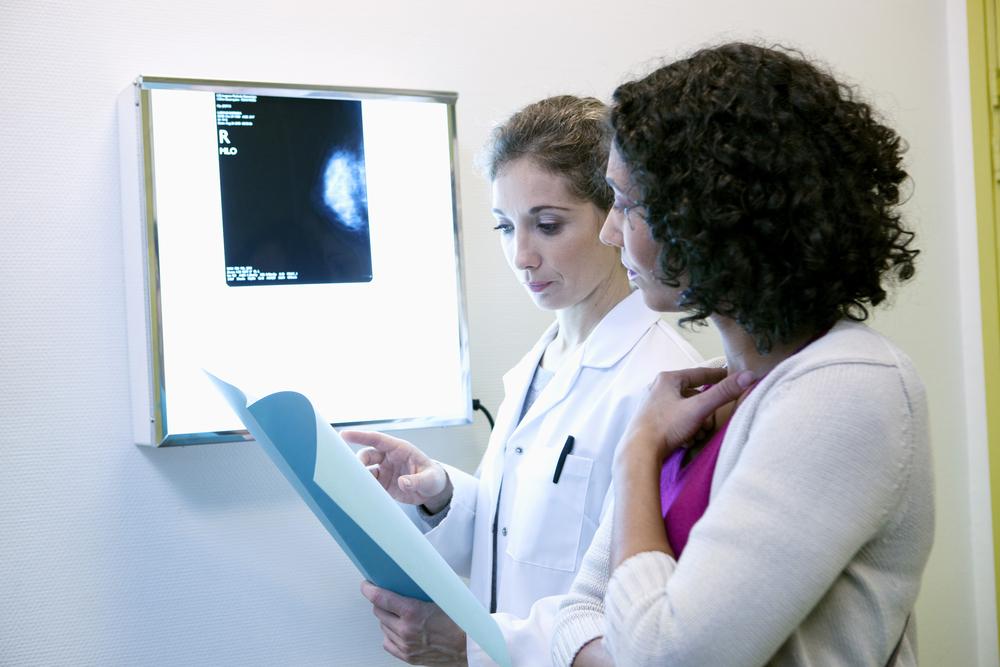Key Diagnostic Methods for Identifying Breast Cancer
Discover essential methods used for breast cancer diagnosis, including physical exams, mammograms, ultrasounds, biopsies, MRI scans, and staging procedures. Early detection is vital for effective treatment, and understanding these tests offers valuable insight into the diagnostic process. Always consult healthcare professionals for personalized diagnosis and care.

Key Diagnostic Methods for Identifying Breast Cancer
Breast cancer develops when abnormal cells in the breast multiply uncontrollably, forming tumors that often present as lumps. Both men and women can develop breast cancer, though HER2-positive cases are more common in women. It can originate in milk ducts (ductal carcinomas) or in milk-producing glands (lobular carcinomas). Detection usually occurs after symptoms appear; however, some cases remain symptom-free. Various diagnostic tests are employed to confirm breast cancer, including:
Breast inspection: A healthcare professional examines the breasts and nearby lymph nodes to identify irregularities or lumps indicative of cancer.
Mammogram screening: An X-ray imaging test that detects abnormalities within the breast tissue.
Ultrasound scan: Produces detailed images to determine if the lump is a solid mass or a cyst filled with fluid.
Biopsy: Samples of breast tissue are analyzed in a lab to ascertain whether cancer cells are present.
Breast MRI: MRI scans utilize magnetic fields and radio waves to produce detailed images of breast tissue, helping identify lumps, pain, nipple discharge, or tissue thickening.
Cancer staging tests: Tests such as blood tests, bone scans, CT scans, or PET scans help determine the extent of cancer spread, from Stage 0 (non-invasive) to Stage IV (metastatic).
Not all tests are necessary for every patient; the choice depends on specific symptoms and clinical judgment. Accurate staging is crucial for effective treatment planning. Breast cancer stages range from 0 to IV, with higher stages indicating more advanced disease.
Important Note:
The information provided here is for educational purposes only and should not replace professional medical advice. Always consult qualified healthcare providers for diagnosis and treatment options. Do not self-diagnose or rely solely on informational content for medical decisions.










